The use of radioactive material in smoke alarms may appear to be a contradiction. Sealable radiation sources are used in smoke detectors. Even if abused or consumed, smoke detector sources provide a minor risk to the general population.
So, one question that comes to everyone’s mind is, can Smoke Detectors Cause Radiation Poisoning? if you are doubting same, read the guide to get your answer.
Do smoke detectors still have radioactive material?
Quick Navigation
This may make things sound even worse heating your meal on paper while surrounded by radioactive substances sounds like a dangerous situation. But it’s not all bad. Smoke alarms only require a small quantity of radioactive material, about one microcurie or less. Hence, the short answer is it won’t cause any radiation poisoning.
How Much Radiation Is In A Smoke Detector?
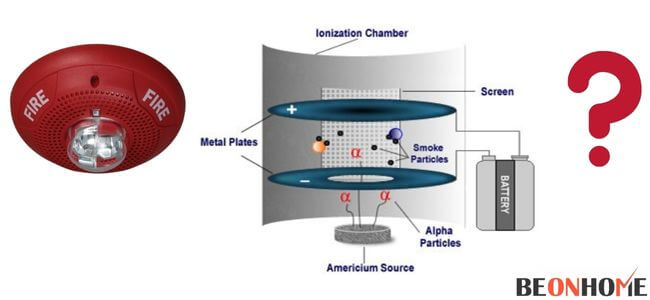
Americium-241, a radioactive element, is found in minute amounts in ionization chamber smoke detectors. The low, continuous electrical current created by radioactive particles is disrupted by smoke particles, which sets off the detector’s alert.
They are fast to respond to flames that produce little smoke. People are exposed to a very little quantity of radiation from ionization smoke detectors—roughly 1/100 of a millirem each year.
This is significantly less than the annual background radiation level of 360 millirems. A printed notice on the package will state whether or not a smoke detector includes radioactive elements.
Because americium-241 has a lengthy half-life, the amount of radioactive material in an ionization chamber smoke detector at the end of its useful life will be similar to what it was when it was acquired. Ionization smoke alarms must be disposed of according to state and municipal regulations.
Do All Smoke Detectors Have Radiation?
No, the two most prevalent types of smoke detectors are ionization chambers and photoelectric smoke detectors. Both are effective and safe to use.
Photoelectric smoke detectors have no health risks because they do not emit radiation. When smoke particles scatter a beam of light in the detecting chamber, photoelectric smoke detectors emit an alert. They are quick to respond to flames that produce a lot of smoke. Apart from smoke detectors, some detectors like radar detectors while working releases radiation.
What Type of Radiation Do Smoke Detectors Emit?
A radioactive material called americium-241 will be used in almost all smoke detectors. If you reside in an older house, your detector may be fitted with radium-226 or nickel-63.
Remember that radioactivity is not communicable. None of the chemicals may cause your detector to become radioactive.
A smoke detector’s radioactive source cannot rust or dissolve. In the ionization chamber, the source is enclosed by a metal seal.
Only the purposeful use of force, such as slamming the detector with a hammer, may break the seal. The radioactive sources would emit less than 0.1 percent of their radioactivity in the event of a fire.
Nickel-63 emits a beta particle that can travel a short distance (a few feet) but not far enough to pass through a smoke detector’s shell.
Americium-241 and radium-226 both produce a few beta particles, but most alpha particles. The distance traveled by alpha particles is significantly shorter, only a few inches.
The smoke detector’s polycarbonate shell prevents any leaking. If the radioactive compounds are consumed, the exposure will be around 6 times the recommended annual dose – while this may seem alarming, it is far too low to induce any immediate health problems (although not advised).
The gamma radiation released by Americium-241 and radium-226 is so weak that it can’t be separated from natural space radiation.
How Is Smoke Detector Radiation Dangerous?
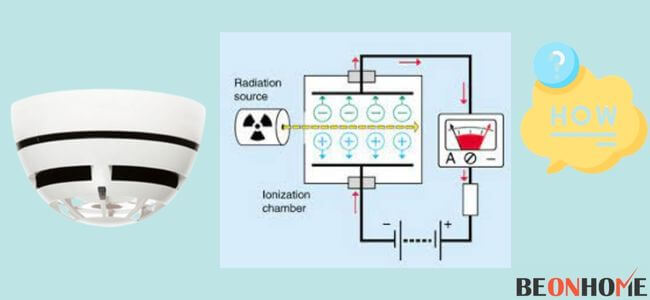
Acute Radiation Syndrome or Radiation Sickness are other names for radiation poisoning. The disease is the result of your body being exposed to a huge amount of radiation in a short period of time.
The quantity of radiation your body absorbs influences how unwell you will become as a result of exposure.
You won’t develop radiation sickness from a hospital imaging exam, as both x-rays and CAT scans employ extremely low radiation dosages.
Despite widespread distrust about radioactive materials, radioactive illness is uncommon because it may be lethal. In both Nagasaki and Hiroshima, where atomic bombs were dropped during WWII, levels of radiation illness peaked.
Large-scale nuclear catastrophes, such as the Chornobyl tragedy, have occurred before any rise in radiation illness since then.
Unless explicit contact with significantly radioactive chemicals is made, it is nearly difficult to become ill from radioactive exposure in modern life.
Final Talk
Finally, radiation and radioactive illness are two things that no one wants to experience. When it’s discovered that smoke alarms contain radioactive material, there’s a natural reaction of suspicion and even terror.
The usage of this substance, on the other hand, is dependable, effective, and, most importantly, safe. The radioactive substance utilized is in the lowest feasible amount, enclosed in metal, and corrosion-resistant. The rays are either shielded by the plastic enclosure or are indistinguishable from the natural radiation released by space.
If you’re still not convinced, remember that only ionizing smoke detectors contain radioactive material. Ensure that your home is fitted with photoelectric detectors to keep it safe in the event of a fire. Regardless of your personal preferences, a smoke detector will not poison your home but will save it.



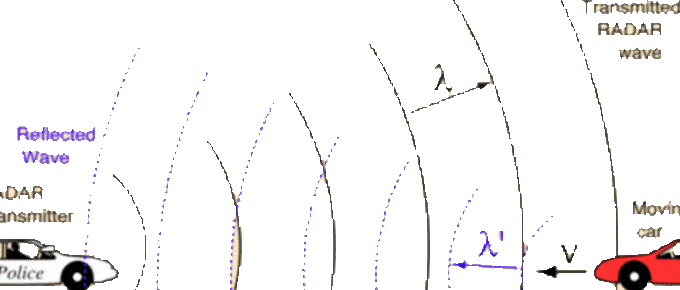
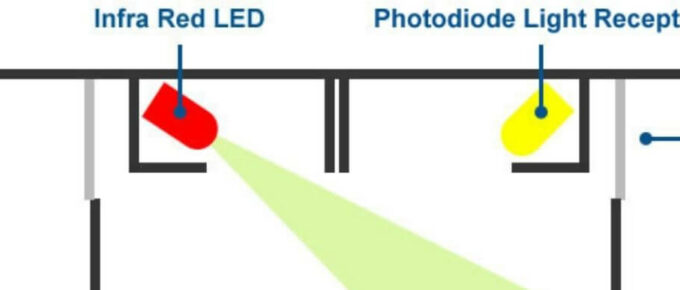
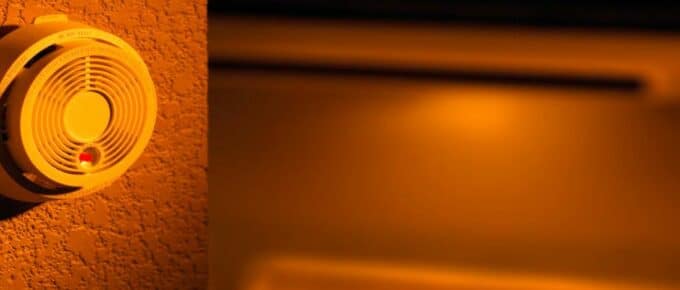

Leave a Reply